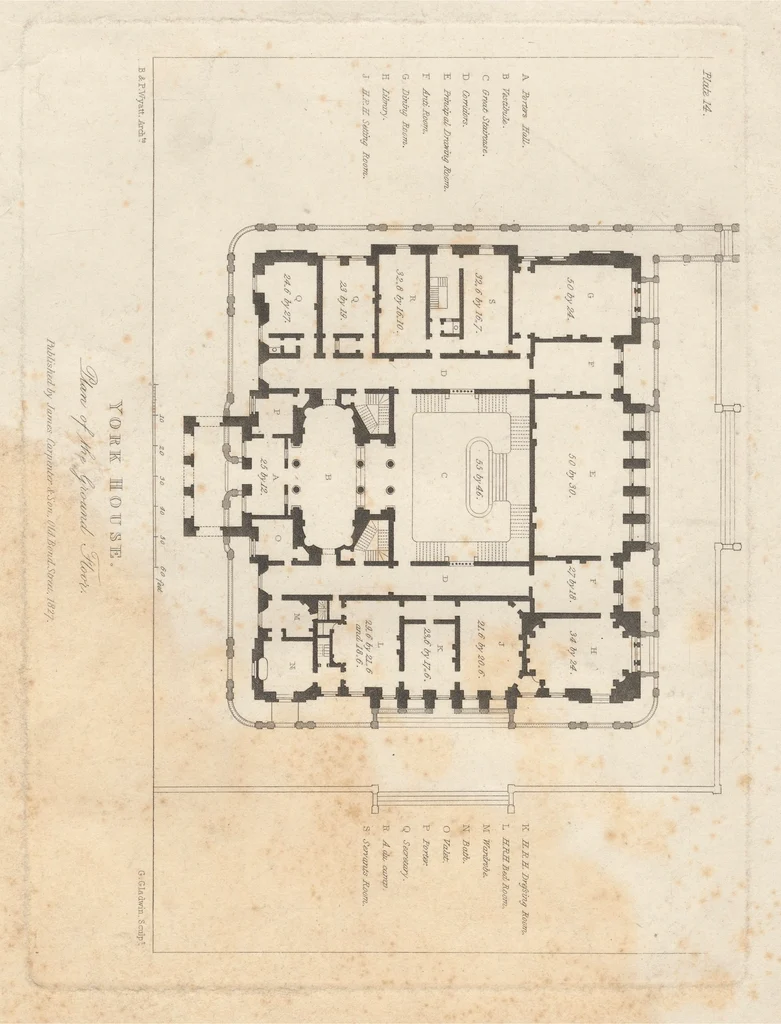Running a family business is more than a career—it’s a calling. But keeping a family business thriving across generations is a challenge many families underestimate. As ownership passes from founders to children, and then grandchildren, the original passion, vision, and purpose can fade if not actively preserved.
Yet some family businesses manage to survive—and even flourish—for 50, 100, or more years. The secret lies in combining clear purpose, strong governance, and meaningful engagement with each generation.
In this post, we’ll explore practical strategies for preserving passion across generations, share a real-life success story, and provide actionable takeaways for family businesses aiming to become true multi-generation legacies.
The Challenge of Multi-Generation Family Businesses
Most family businesses start with one visionary founder. Their energy, values, and entrepreneurial spirit drive the company forward. But as the business is handed down, families often face unique challenges:
- Diverse priorities: Younger generations may want to pursue careers outside the family business
- Diluted ownership: As shares are divided among more descendants, decision-making becomes more complex
- Loss of culture and values: Without intentional guidance, the founding mission can become diluted
- Conflict between family and business needs: Emotional ties can cloud judgment, leading to tension and mismanagement
Without careful attention, these challenges can slowly erode both business performance and family harmony.

The 3-P Framework: Purpose, People, and Process
To survive and thrive across generations, successful family businesses often focus on what I call the 3-P Framework: Purpose, People, and Process.
1. Purpose – Keep the Founder’s Vision Alive
The first step in preserving passion is defining the company’s why.
- Document the mission and values: What was the founder’s original vision? Why was the business created?
- Tell stories: Sharing stories about the founder’s challenges and achievements keeps the emotional connection alive
- Create rituals: Celebrating milestones or honoring founders in company traditions reinforces the sense of legacy
A clear purpose provides a shared north star for every generation, preventing the business from losing direction as new leaders take the helm.
2. People – Engage the Next Generation
Next-generation family members often have different skills, interests, and ambitions. Engaging them effectively is key to maintaining passion.
- Meaningful roles: Avoid giving symbolic titles. Let family members contribute in ways that match their skills
- Mentorship programs: Older generations should mentor younger ones, passing knowledge, values, and vision
- Education and exposure: Encourage next-gen family members to learn the business from the ground up, and gain external experience to bring fresh ideas
By aligning each person’s strengths with the business’s needs, families can turn potential disengagement into renewed energy and innovation.
3. Process – Create Structures for Continuity
Passion alone isn’t enough; structures and governance ensure it translates into sustainable action.
- Succession planning: Clearly define who will lead, how ownership is transferred, and timelines for transitions
- Family councils or boards: Separate family decision-making from day-to-day business operations to avoid conflicts
- Decision-making frameworks: Formalize processes for approvals, investments, and strategic initiatives
Strong processes give each generation the tools to lead confidently, while keeping the core purpose intact.

Real-Life Example: The Romano Vineyard
Take the Romano Vineyard, now in its fourth generation. Founded in Italy by Giuseppe Romano, it started as a small boutique winery built on his love for winemaking.
When Giuseppe’s children and grandchildren joined, they had different interests—some were drawn to technology, others to marketing, and a few weren’t interested in the business at all.
To preserve passion across generations:
- Purpose: The family created a charter defining their shared mission: “Craft wines that celebrate the land and the family legacy”
- People: Each generation was given projects aligned with their strengths, from modernizing sales to designing eco-friendly packaging
- Process: A family council was established to manage strategic decisions, while daily operations were delegated to qualified family and non-family managers
Today, the vineyard is thriving, with every generation contributing to its growth while staying connected to Giuseppe’s original passion.
Lessons for Every Multi-Generation Family Business
- Define and document your mission early: Your founder’s vision is your guiding light
- Engage the next generation meaningfully: Give them responsibility and ownership of initiatives
- Set up governance structures: Use councils, boards, and clear decision-making frameworks to reduce conflicts
- Celebrate your legacy: Rituals, storytelling, and family events keep the emotional connection alive
- Allow innovation: Encourage new ideas while staying true to core values
- Communicate openly: Transparency builds trust and prevents misunderstandings
Conclusion
Multi-generation family businesses don’t survive by accident. They thrive when passion is intentionally preserved, guided by clear purpose, engaged people, and structured processes. By combining these elements, families can create lasting legacies that honor the founder’s vision while evolving for the future.
Whether you’re preparing to pass your business to the next generation or aiming to strengthen family harmony today, the 3-P framework can help you keep the flame alive—generation after generation.









